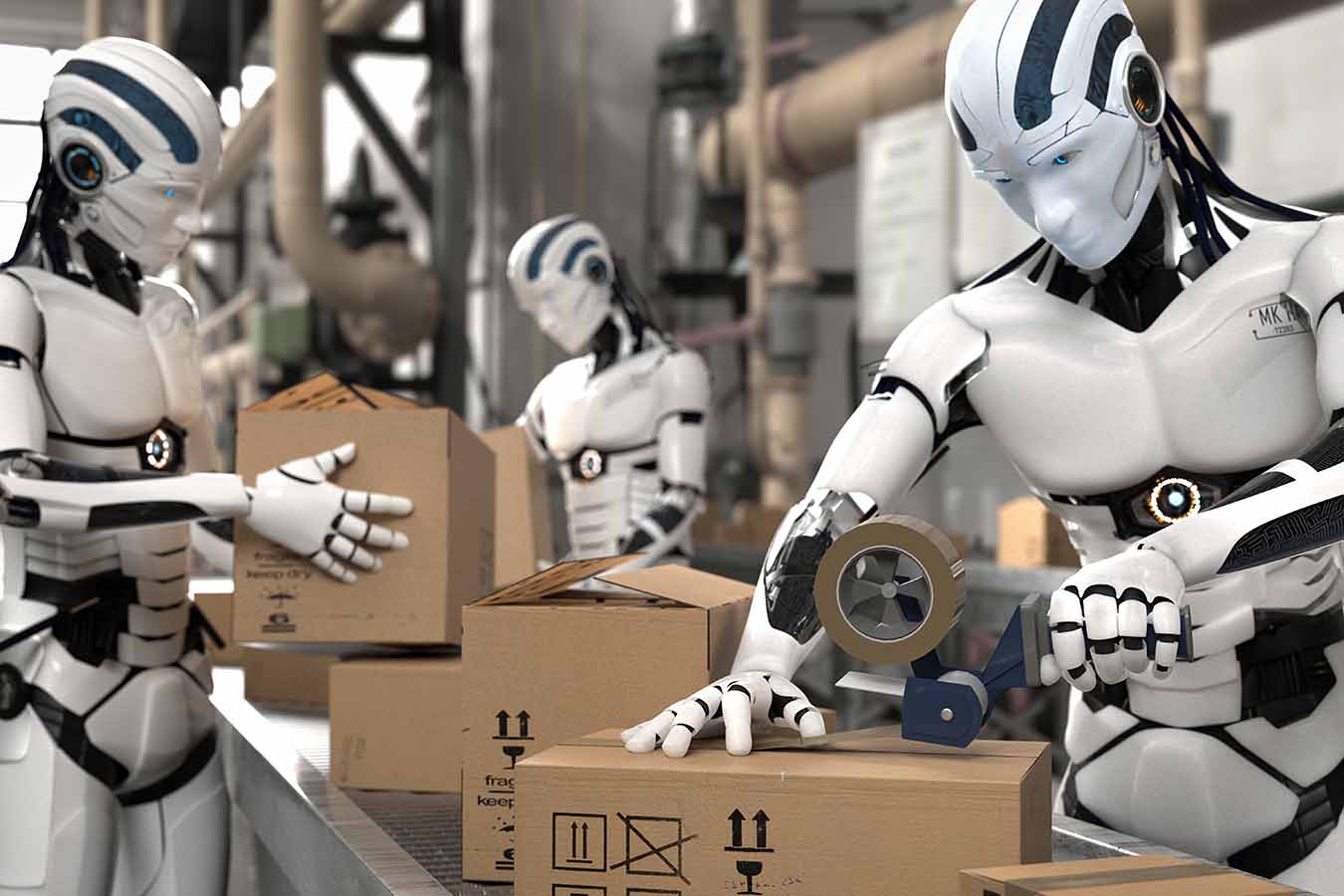The fourth industrial revolution is introducing a new component into the professional environment. A new player in the form of Artificial Intelligence is coming to work. An operator which, during its first steps, has been the subject of criticism and misjudgement associated with the destruction of employment. Time, however, is putting its detractors in their place. The same place occupied by the stagnant, which is nothing but than the caboose of tomorrow.
The advent of mechanisation of production processes or the invention of the steam engine reduced, to give an example, the blacksmith’s guild when carriages were almost the only means of transport. But a whole generation of technicians who specialised in the construction of vehicles or railway lines, among other things, was born. And that is how it’s been over the years.
Artificial Intelligence, work and global negativism
There is a pessimistic trend. Those who are now clamouring for the disappearance of some jobs forget that these same jobs replaced so many other jobs years ago, during the third industrial revolution. Pretty much the same thing happened with those of the second. But between the first and the third industrial revolution, social take-off was unstoppable. The greater productivity of the factories brought down prices, thus democratising access to many products such as television and cars, which until then had only been available to the elite.
And the revolution to which Artificial Intelligence has brought us is not so different from the previous three – Mechanical, Electrical and Computational – in terms of its contribution to society as a whole:
- Economic growth
- Progress of Welfare State
- Professional specialisation
- Improvement of working conditions
In Spain, according to a study by the consulting firm PwC, this transformation will not take place until the 2030s, when one out of every three jobs will no longer be filled by a worker but by a fully automated machine. We will be working in professions that do not yet exist and we will see how others that have been with us for several decades will point to extinction, such as supermarket cashiers or drivers. As happened before with serfs or town criers. And the world did not end.
History certifies changes
But does anyone doubt that it’s less demanding for human beings to work, for example, on the development of robotic utilities in a heated or air-conditioned office than to work in an open-air thatched inn, changing the fittings to a horse? Are not the opportunities offered by new technologies and Artificial Intelligence more abundant than the occupations that have vanished eventually?
Not to mention working conditions. Before the 8-hour working day was introduced, there was a 10-hour working day, and before that a 14-hour working day. Looking at the progression, it is not unreasonable to think that the automation of manual work can bring about another set of labour changes, such as 6-hour days instead of 8.
Artificial Intelligence and work, at the starting point
The dilemma is not to calculate how much time remains before the unstable labour market affects our sector, but to set the timer at zero in order to calculate how quickly we can adapt to the new uses of diverse technologies. A new approach that turns the current situation into an opportunity. Although this requires the incorporation of lifelong learning into the whole professional environment, which, to date, has been associated with a handful of professions among which those associated with health and medicine stand out.
